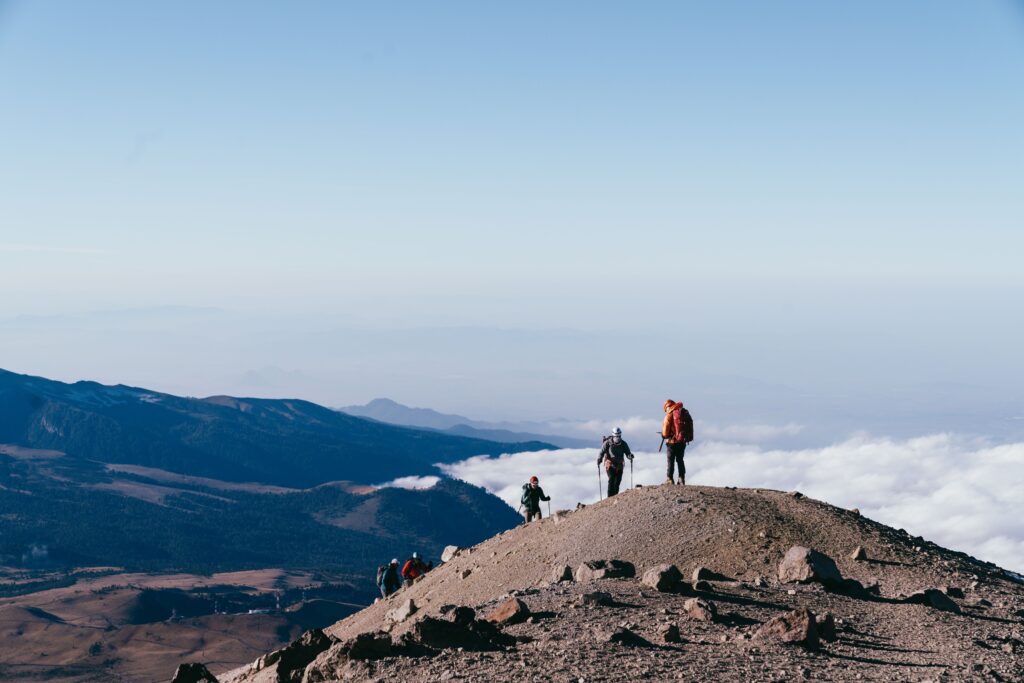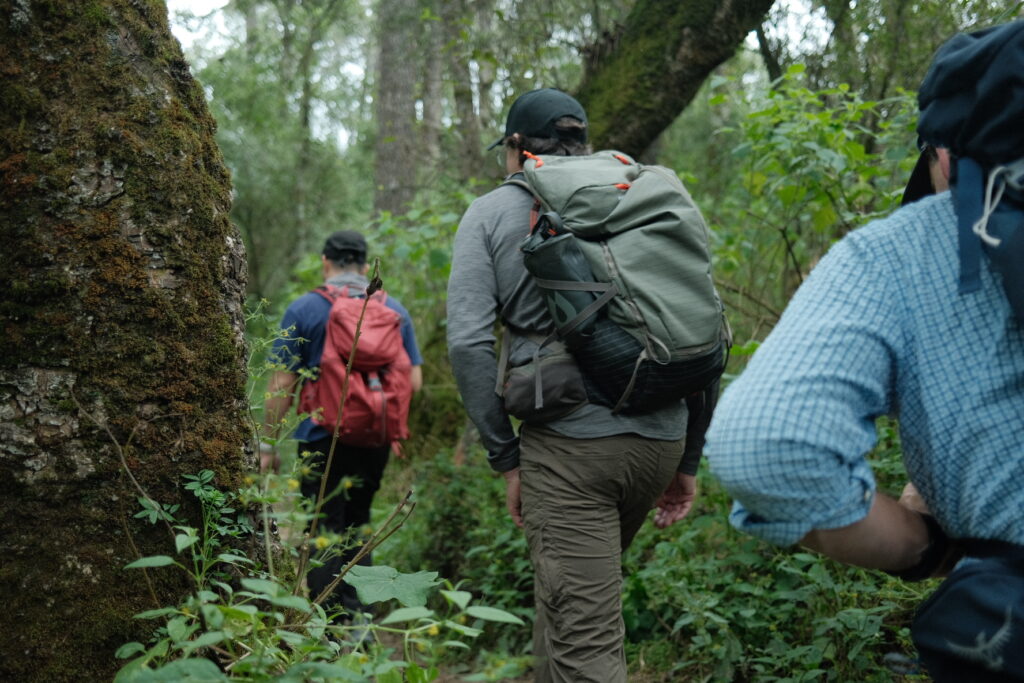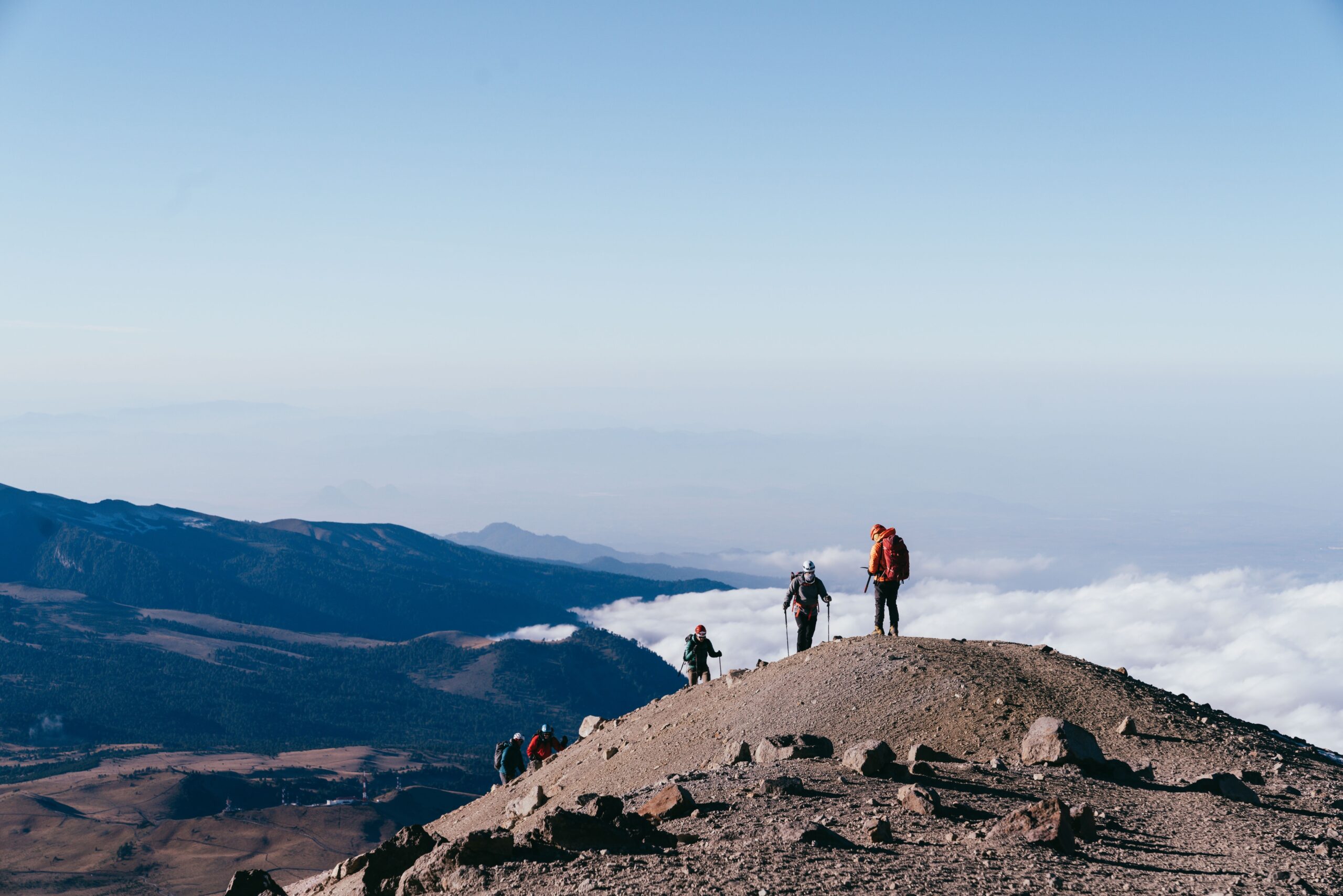SHARE

Discomfort as a Path to Satisfaction
To live well is not to live happily, but to live with satisfaction. Happiness, despite its cultural prestige, is a fleeting state—an emotional spike, like pleasure or amusement, that quickly dissipates. It depends on circumstance and chemistry. Satisfaction, by contrast, is more stable. It is the recognition that one’s efforts, however difficult, are meaningful. It carries the quality of acknowledgment and contentment, which leads to life satisfaction.
This distinction matters. A life organized around happiness will be restless, forever seeking new stimuli. A life oriented toward satisfaction, however, has depth. It honors struggle as the necessary precondition for contentment and genuine life satisfaction.
The Role of Discomfort
Satisfaction cannot be purchased or passively received; it must be earned. And earning, by definition, requires discomfort. Effort, risk, endurance—these are the conditions under which satisfaction arises. Without them, achievements are hollow, pleasures feel thin, and life itself risks becoming weightless.
The nervous system evolved to calibrate against difficulty. The body feels warmth because it has known cold; food tastes profound when it follows hunger; rest is satisfying after exertion. Remove the difficulty, and satisfaction collapses into mere existence, missing life satisfaction. What remains is mere comfort, which quickly dulls into boredom.

A Question in the Mountains
Earlier this year, while guiding a climb of the second highest mountain in Mexico / the 7th highest in North America, a client asked me: “Why do you do this?” He wasn’t dismissive. He was confronting the reality of our shared discomfort—thin air, aching muscles, poor sleep—and searching for an honest rationale.
The answer is simple: the difficulty itself is the point. To climb a mountain is to submit to effort, to suffer in measured doses, and to experience the contentment that comes only on the other side. The summit is not happiness—it doesn’t last long enough to qualify. It is satisfaction: the acknowledgment that the struggle was real, and therefore meaningful, contributing to ultimate life satisfaction.
The Hidden Cost of Comfort
Our culture’s obsession with convenience has created a silent epidemic. By stripping away hardship wherever possible, we have made satisfaction increasingly inaccessible. Comfort is easy, but it is fragile. It prepares us poorly for the unavoidable adversities of life—loss, uncertainty, decline. And it robs us of the deep contentment that comes only from effort, reducing life satisfaction.
When everything is easy, nothing feels significant. The pursuit of happiness without discomfort becomes self-defeating; it leaves us anxious, restless, and unsatisfied in our quest for authentic life satisfaction.
Choosing the Edge
The solution is voluntary discomfort. Seek challenges, not for the sake of suffering, but for the satisfaction that lies beyond it. This might take the form of physical training, disciplined creative work, a hard conversation long avoided, or, yes, climbing a mountain.
The point is not asceticism. It is integration. By choosing discomfort, you restore the nervous system’s contrast, allowing satisfaction to take root in your life. This approach paves the way for true life satisfaction.
A Life of Satisfaction
The client’s question—“Why do this?”—is a question worth asking of every choice we make. If the goal is happiness, the answer will often be unsatisfying. But if the goal is life satisfaction, the answer clarifies itself: we do this because it matters.
To live with satisfaction is to live with depth, to embrace difficulty as the precondition for meaning. It is to recognize that comfort is pleasant, but struggle is what makes life worthwhile. Ultimately, this is the essence of life satisfaction.
👉 Connect with me here if you’re ready to step toward that edge.
